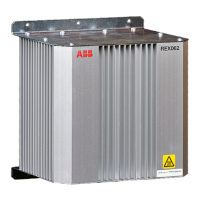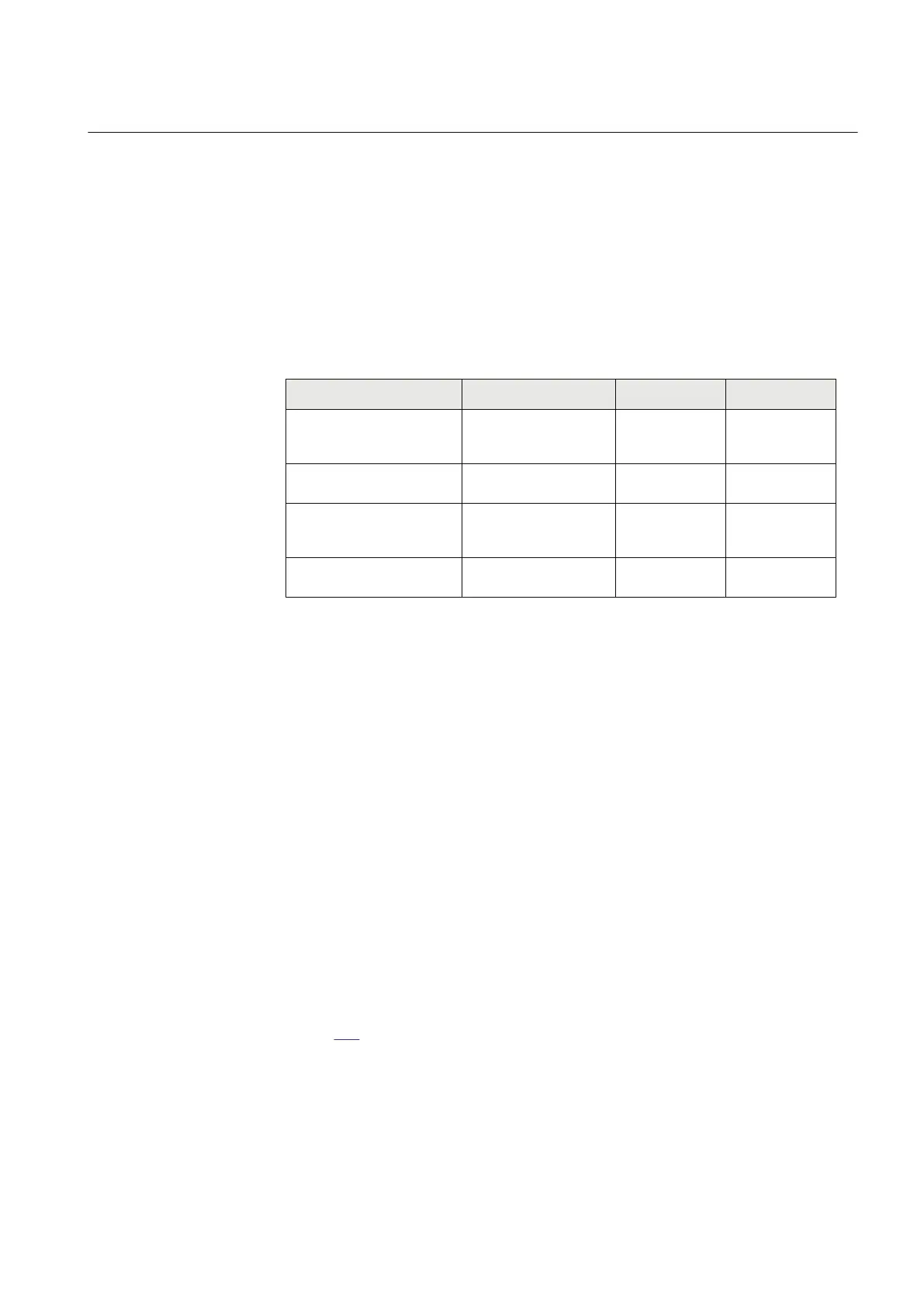Section 21 Remote communication
21.1 Binary signal transfer
21.1.1 Identification
Function description IEC 61850 identification IEC 60617
identification
ANSI/IEEE C37.2
device number
Binary signal transfer, receive
BinSignRec1_1
BinSignRec1_2
BinSignReceive2
-
-
Binary signal transfer, 2Mbit
receive
BinSigRec1_12M
BinSigRec1_22M
- -
Binary signal transfer,
transmit
BinSignTrans1_1
BinSignTrans1_2
BinSignTransm2
-
-
Binary signal transfer, 2Mbit
transmit
BinSigTran1_12M
BinSigTran1_22M
- -
21.1.2 Application
The IEDs can be equipped with communication devices for line differential
communication (not applicable for RER670) and/or communication of binary signals
between IEDs. The same communication hardware is used for both purposes.
Sending of binary signals between two IEDs is used in teleprotection schemes and for
direct transfer trips. In addition to this, there are application possibilities, for example,
blocking/enabling functionality in the remote substation, changing setting group in
the remote IED depending on the switching situation in the local substation and so on.
If equipped with a 64kbit/s LDCM module, the IED can be configured to send either
192 binary signals or 3 analog and 8 binary signals to a remote IED. If equipped with
a 2Mbps LDCM module, the IED can send 9 analog channels and 192 binary channels
to a remote IED.
Link forwarding
If it is not possible to have a communication link between each station, the solution has
been to set the protection up in a slave-master-slave configuration. This means that in
Figure
339, only IED-B has access to all currents and, therefore, this is the only place
where the differential current is evaluated. If the evaluation results in a trip, the trip
signal will be sent over the two communication links.
1MRK 502 071-UEN - Section 21
Remote communication
Generator protection REG670 2.2 IEC and Injection equipment REX060, REX061, REX062 713
Application manual

